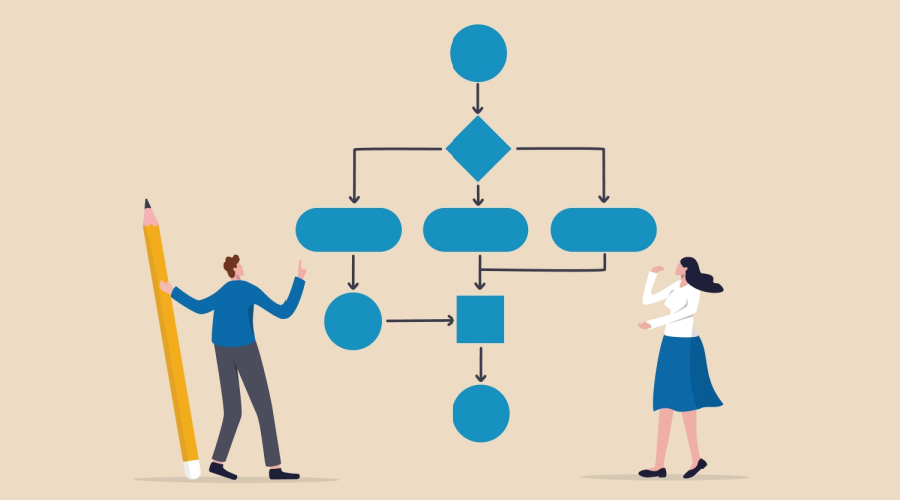1. Defining an Effective Work Ethic
A practical work ethic is a set of values based on the moral virtues of hard work and diligence. It also believes in the dignity of work and the importance of labor. In today’s society, the concept of work ethic is often used in discussions about the decline of America’s “traditional work ethic.” There is a belief that the younger generation does not have the same values as their elders.
But what exactly is a practical work ethic? There is no one correct definition. What is considered part of a valuable work ethic will vary depending on individual and cultural values. However, some matters are commonly associated with a practical work ethic, including hard work, diligence, persistence, responsibility, punctuality, integrity, and respect for authority.
A practical work ethic can be defined in a few different ways. One definition is a set of values based on hard work and diligence. Another definition is a belief in the moral benefit of work and its ability to contribute to the common good. Some people may have a natural work ethic, meaning it comes naturally to them to work hard and be diligent. For others, it may not be so honest, and they may have to develop it.
A few things can contribute to developing a practical work ethic, including a positive attitude toward work, a willingness to learn, and a commitment to doing your best. A strong work ethic is often lauded as a desirable trait in employees. It can be the difference between getting a promotion or being passed over.











